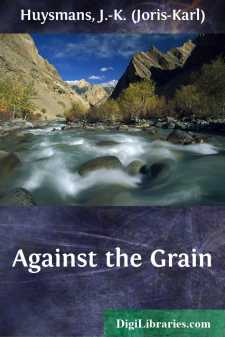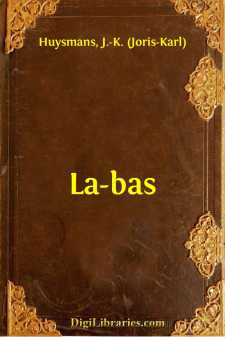Categories
- Antiques & Collectibles 13
- Architecture 36
- Art 48
- Bibles 22
- Biography & Autobiography 813
- Body, Mind & Spirit 142
- Business & Economics 28
- Children's Books 14
- Children's Fiction 11
- Computers 4
- Cooking 94
- Crafts & Hobbies 4
- Drama 346
- Education 46
- Family & Relationships 57
- Fiction 11829
- Games 19
- Gardening 17
- Health & Fitness 34
- History 1377
- House & Home 1
- Humor 147
- Juvenile Fiction 1873
- Juvenile Nonfiction 202
- Language Arts & Disciplines 88
- Law 16
- Literary Collections 686
- Literary Criticism 179
- Mathematics 13
- Medical 41
- Music 40
- Nature 179
- Non-Classifiable 1768
- Performing Arts 7
- Periodicals 1453
- Philosophy 64
- Photography 2
- Poetry 896
- Political Science 203
- Psychology 42
- Reference 154
- Religion 513
- Science 126
- Self-Help 84
- Social Science 81
- Sports & Recreation 34
- Study Aids 3
- Technology & Engineering 59
- Transportation 23
- Travel 463
- True Crime 29
Against the Grain
Description:
Excerpt
Chapter 1
The Floressas Des Esseintes, to judge by the various portraits preserved in the Chateau de Lourps, had originally been a family of stalwart troopers and stern cavalry men. Closely arrayed, side by side, in the old frames which their broad shoulders filled, they startled one with the fixed gaze of their eyes, their fierce moustaches and the chests whose deep curves filled the enormous shells of their cuirasses.
These were the ancestors. There were no portraits of their descendants and a wide breach existed in the series of the faces of this race. Only one painting served as a link to connect the past and presentвÐâa crafty, mysterious head with haggard and gaunt features, cheekbones punctuated with a comma of paint, the hair overspread with pearls, a painted neck rising stiffly from the fluted ruff.
In this representation of one of the most intimate friends of the Duc d'Epernon and the Marquis d'O, the ravages of a sluggish and impoverished constitution were already noticeable.
It was obvious that the decadence of this family had followed an unvarying course. The effemination of the males had continued with quickened tempo. As if to conclude the work of long years, the Des Esseintes had intermarried for two centuries, using up, in such consanguineous unions, such strength as remained.
There was only one living scion of this family which had once been so numerous that it had occupied all the territories of the Ile-de-France and La Brie. The Duc Jean was a slender, nervous young man of thirty, with hollow cheeks, cold, steel-blue eyes, a straight, thin nose and delicate hands.
By a singular, atavistic reversion, the last descendant resembled the old grandsire, from whom he had inherited the pointed, remarkably fair beard and an ambiguous expression, at once weary and cunning.
His childhood had been an unhappy one. Menaced with scrofula and afflicted with relentless fevers, he yet succeeded in crossing the breakers of adolescence, thanks to fresh air and careful attention. He grew stronger, overcame the languors of chlorosis and reached his full development.
His mother, a tall, pale, taciturn woman, died of an?mia, and his father of some uncertain malady. Des Esseintes was then seventeen years of age.
He retained but a vague memory of his parents and felt neither affection nor gratitude for them. He hardly knew his father, who usually resided in Paris. He recalled his mother as she lay motionless in a dim room of the Chateau de Lourps. The husband and wife would meet on rare occasions, and he remembered those lifeless interviews when his parents sat face to face in front of a round table faintly lit by a lamp with a wide, low-hanging shade, for the duchesse could not endure light or sound without being seized with a fit of nervousness. A few, halting words would be exchanged between them in the gloom and then the indifferent duc would depart to meet the first train back to Paris.
Jean's life at the Jesuit school, where he was sent to study, was more pleasant....






